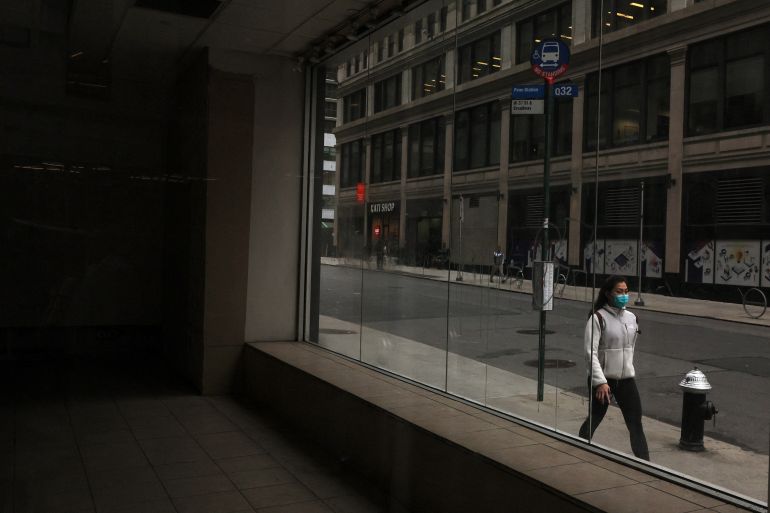Wage gap costs some Asian women $3,000 a year: Report
An Asian American, Native Hawaiian or Pacific Islander woman stands to lose $120,000 over the next 40 years, found a new report by the National Women’s Law Center.

The wage gap typically costs Asian American, Native Hawaiian and Pacific Islander women with full-time jobs $3,000 per year, according to a new report by the National Women’s Law Center.
The paper published Monday further extrapolates what that means for women over the course of their careers: “An AANHPI woman starting her career today stands to lose $120,000 over the next 40 years,” if the pay gap between White men and Asian women does not close. For some Asian women, that’s a best case scenario. Female Burmese, Cambodian, Hmong and Nepalese employees all stand to lose around $1 million over the course of their careers.
Keep reading
list of 4 itemsIranian women denounce violence in film industry
Women’s tennis: World No.1 Ash Barty announces shock retirement
The anti-apartheid fighter empowering women in South Africa
To be sure, Chinese, Indian, Malaysian and Taiwanese women typically made more than the white men, the analysis showed. Even that has its downfall: As a Payscale report from March noted, the perception that Asian women make as much as or out-earn White men can perpetuate harmful myths about Asian people and serve as fodder for those trying to discount anti-Asian racism.
“By focusing just on the top line and not really digging down, we really just make certain communities invisible,” said Gaylynn Burroughs, the director of workplace equality at the NWLC. “That harms them because then they can’t be a part of the conversation about what needs to happen in order to help them secure economic opportunities and be able to feel secure.”
Covid-19, the report found, further exacerbated existing inequalities in pay. “The pandemic really showed the gap in terms of who is counted or who is seen by the data because so many women were forced to reduce their hours or forced out of their jobs,” Burroughs said.
While Asian women’s unemployment is now below its February 2020 rate, getting hired appears to be an uphill battle. In March of this year 38% of unemployed Asian women had been looking for work for six months or more, compared to 25% of White men, and unemployed Asian women have typically been out of work nearly two weeks longer than White men.
(Updates with details on other groups in third paragraph.)